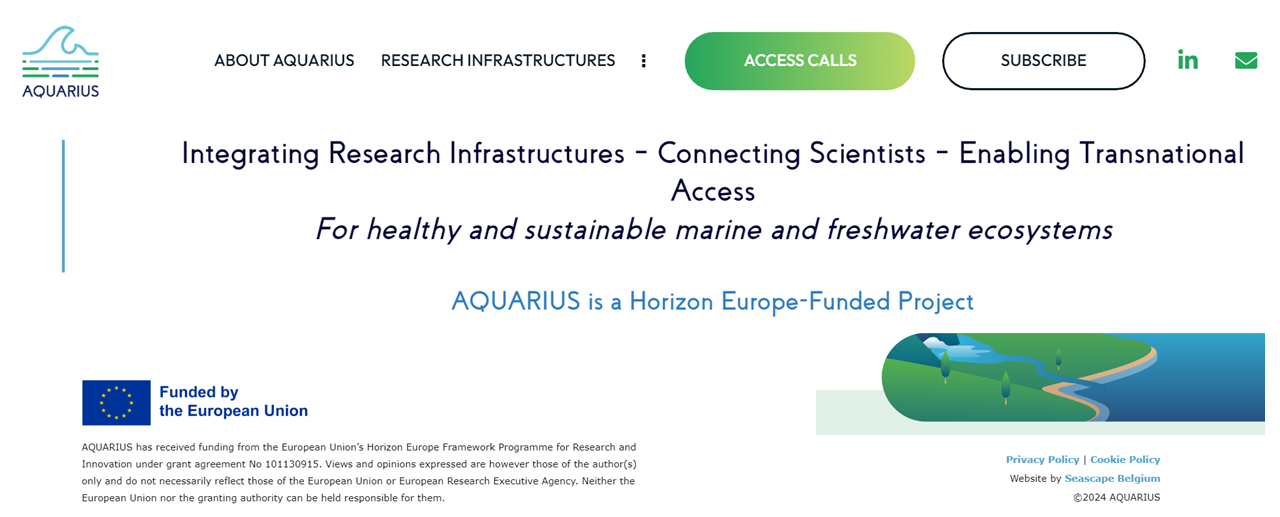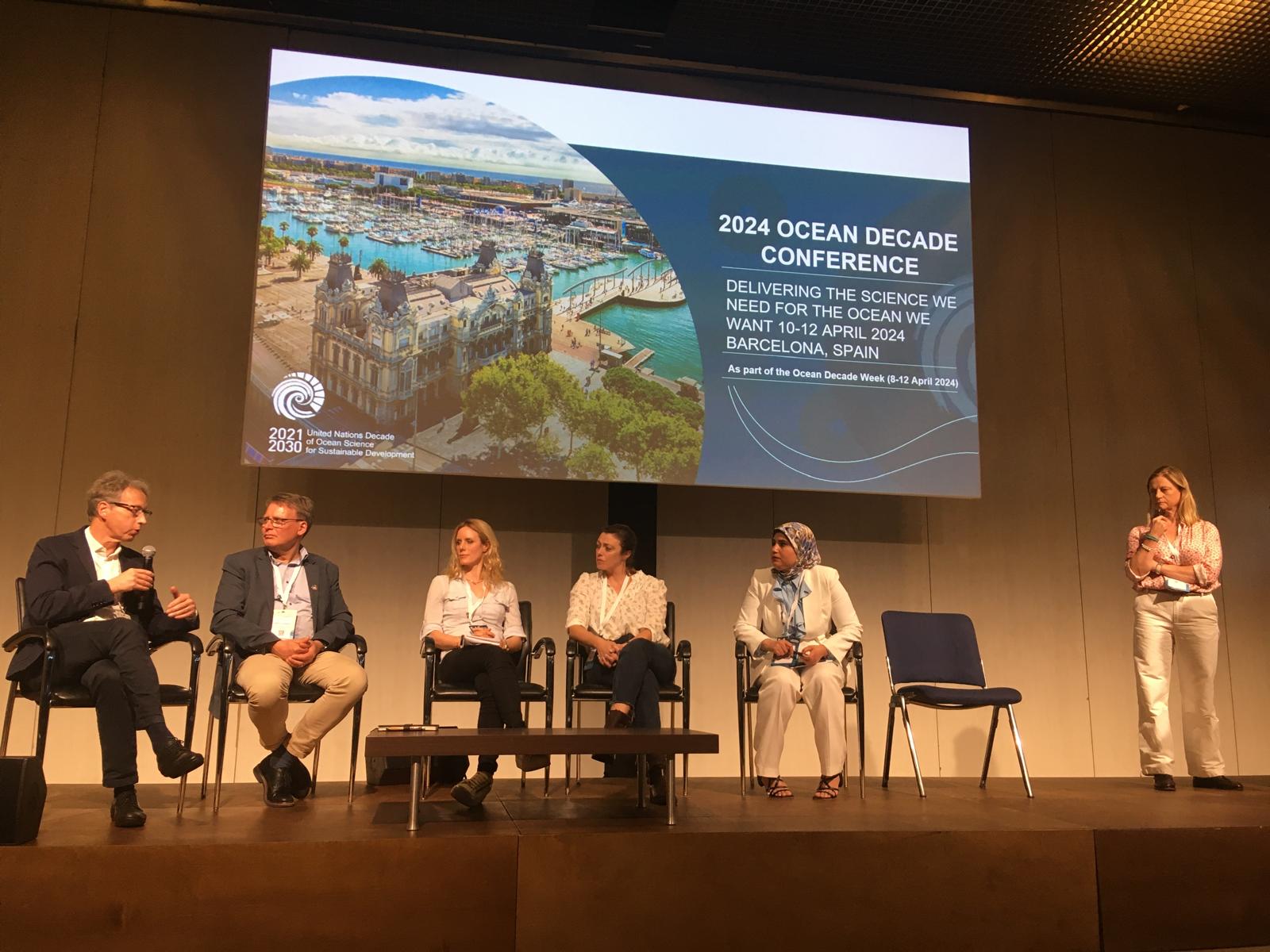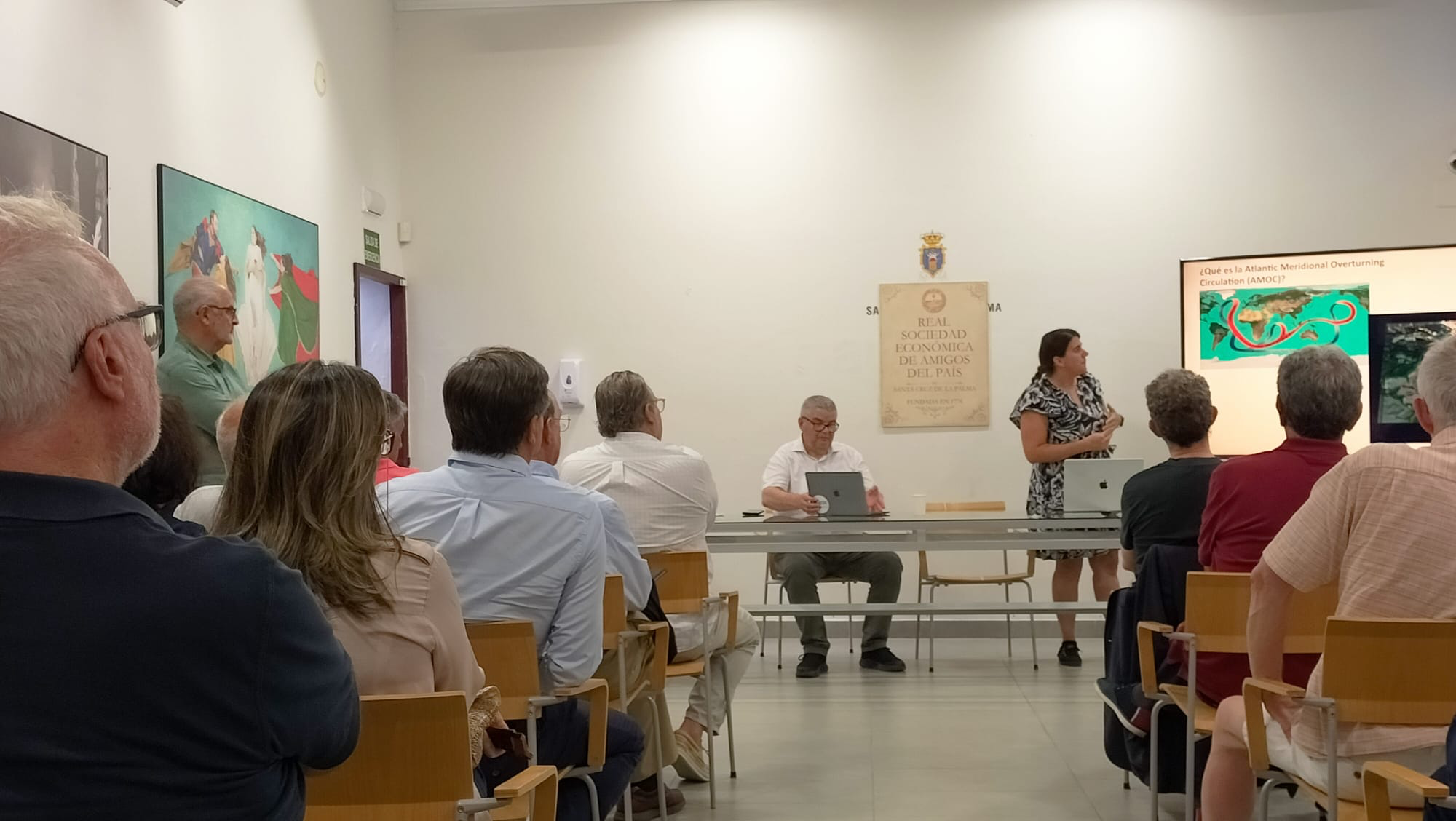The European Multidisciplinary Seafloor and water column Observatory (EMSO) has deployed the EMSO Generic Instrument Module (EGIM) in waters near La Palma to assess and monitor the impact of the volcano’s activity on the marine ecosystem, with the support of the Oceanic Platform of the Canary Islands (PLOCAN) and the Universitat Politècnica de Catalunya · BarcelonaTech (UPC).
The module was placed on the seabed at a depth of about 500 metres in an area with a relatively gentle slope and 2.5 km from the point where the lava flow is entering the Atlantic Ocean (Playa de los Guirres).
The expedition was coordinated by PLOCAN and UPC under the direction of Dr José Joaquín Hernández Brito, director of PLOCAN, and with technical assistance from Joaquín del Río, his team from UPC, and EMSO ERIC DG, Juanjo Dañobeitia.
The aim of the expedition in La Palma is to monitor over the next three months a series of oceanographic variables in the coastal area near the fajana (supratidal talus-platform caused by the lava flow), as well as tremors and acoustic variations with an ecological impact that could occur in the area of influence of the lava flows that are entering the sea.
The data will be integrated with other platforms monitoring the area (e.g., wavegliders: http://obsplatforms.plocan.eu/vehicle/USV/101/) for use by the emergency authorities managing the crisis, the research community and other users following good practice for scientific data management and stewardship.
The EGIM was developed in the framework of the European EMSODEV project to ensure accurate, consistent, comparable, long-term measurements of ocean parameters on a regional scale, essential for addressing urgent societal and scientific challenges such as climate change, ocean ecosystem disturbance and marine hazards.
More than 200 researchers from national and international institutions are working on various aspects related to the volcanic eruption and its environmental and socioeconomic impact. The data provided by the EGIM will also contribute to a better understanding of cetacean communities around the island of La Palma.
The seven sensors integrated in the EGIM will record valuable time-series data for the following parameters for the waters around La Palma: temperature, conductivity, pressure, dissolved oxygen, turbidity, ocean currents and passive acoustics.
The specific aim is to collect data that will help characterise the variability of the water mass in the area and monitor the impact of lava in the marine area, particularly in the Special Area of Conservation (SAC) known as Franja Marina de Fuencaliente, located in the south-southwest area of the island of La Palma. This is an area of 7,055.25 hectares that extends along the coastline of the municipalities of Tazacorte, Los Llanos de Aridane and Fuencaliente.
The European Multidisciplinary Seafloor and water column Observatory explores the oceans to better understand the phenomena that occur within them and on and under the seabed, and to explain the fundamental role that these phenomena play in wider earth systems.



